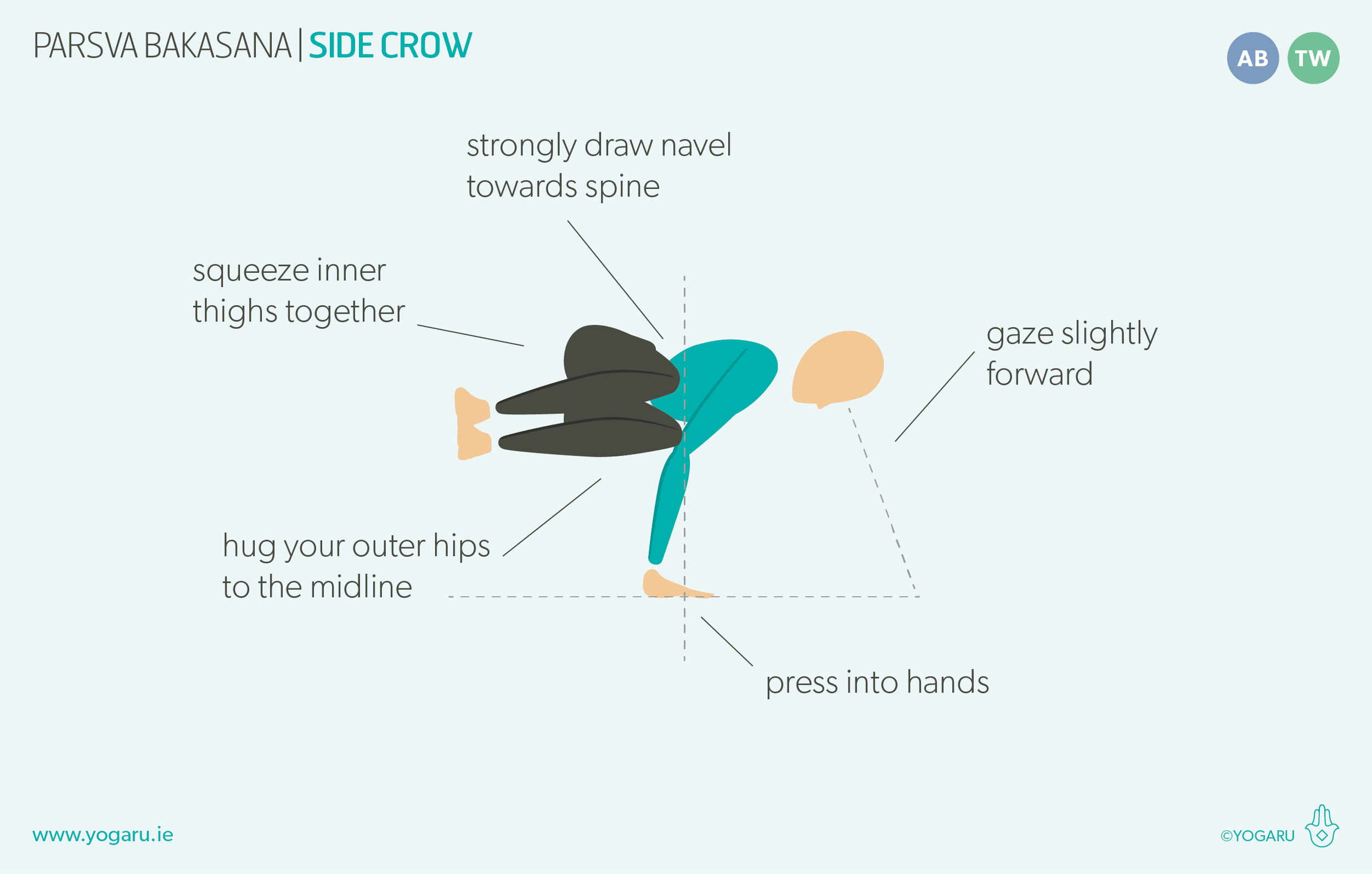TRUST IN THE PROCESS
Today, I am having one of those days where everything I touch seems to break, people misunderstand me, I misunderstand them and I am unjustifiably snapping at those I love. The first step for me is to notice my behaviour, the next step is onto my mat! When I feel like this, and I step on my mat, one of two things happen – either I get distracted from everything that felt big and unmanageable in my day, or I slow down my overthinking mind just enough to find a way to work through the sticky toffee of life. It is on days like this that I am profoundly grateful for the vast array of spiritual seekers who, for over 5,000 years, created and shared their love of yoga.
WHY YOGA?
Very early on in my yoga practice I noticed the immediate and the long term benefits I was feeling after I attended a yoga class. At the time I was working in a job with tight deadlines, training very hard in the gym, pushing my body beyond its limits, and frequently getting injuries. Yoga helped me recognise the benefits of balance, and investing time in slowing down, to support my sporting endeavours and manage my day to day mental wellness too. I couldn’t quite put my finger on why yoga helped, but I knew that this was the start of a lifelong relationship with my mat.
Now, when I step on my mat, I take a moment to check in with what I am bringing to the mat with me, and what the rest of my day has in store for me. I then tailor my practice to my energy levels and mood. Sometimes I have a physical goal, like increasing hip mobility, building leg strength, or boosting energy levels; and sometimes I have a mental goal, like slowing my mind down, building focus or easing anxiety. Setting an intention for my practice allows me to get the most out of my time on my mat and makes it personal to my needs. Most days I practise in the morning so I can feel the benefits for the day ahead. My day is more focused and productive when I’ve invested in self-care and given myself breathing space before my ‘to do’ list kicks in. I also love Restorative yoga in the evening to reset my nervous system and start the wind down routine. The minute I roll my mat out there is a comfort of familiarity and I feel an inner calm wash over me.
Coming to my mat to practice is my comfort blanket – it reminds me that I am perfectly imperfect, I am uniquely me. I turn to it to find grounding; keep calm in difficult situations; find space to breathe a full breath; help me make healthy choices throughout the day… and yes it definitely feels really good to move every morning before I kick into whatever the day has in store for me!
Yoga is a very adaptable practice which can easily be tailored to your ever changing needs. The more I study the science behind it, the more I realise it is helping us physically and mentally more than we realise. I have written many articles about the benefits of yoga and how to establish a practice. Have a browse of the links below:
- The benefits of a morning practice
- 10 Tips to develop a home practice
- How to build a home practice
- 10 Reasons to build a home practice
- How can my practice help me today?
EXPLORING WHY I PRACTISE YOGA IN YOUR PRACTICE
This sequence is what I am currently loving in my practice. I have added plenty of standing poses because I love the sturdy, strength and energy they give. They help me feel grounded and present in my day. I find my hips are susceptible to feeling stagnant during my day from sitting and writing for long periods of time, so I add plenty of hip mobility into my morning practice too. I love playing around with interesting and challenging transitions in my mini flows to work on my balance and proprioception. The mini flows also remind me to breathe as I link the inhale and exhale with each pose. Finally I love how the practice feels safe and contained within the four corners of my mat, but I like to use the full extent of my mat, so in some of my flows I move from the front of my mat to the back of the mat. This also keeps me alert, focused, and adds full body functional movement to my sequence.
ALIGNMENT CUES
Have a read of the tips below and either print out the sequence or save it onto your device:
Use the breath guide in the sequence to help you link breath with movement in the flow. Inhale is indicated with a ‘+’, exhale is a ‘-”.
If there are specific poses that you would like to stay longer in, give yourself three deep breaths in those poses, and pick up the next pose with the allocated inhale or exhale as indicated by the sequence.
For a longer practice add in a Sun Salutations at the start of each mini flow or repeat each mini flow.
To save the images for personal use click and hold down the image until the ‘save image’ option appears; on Mac hold down ‘control’ and click the image to get the option box; on PC right click on the image to get the option box. Scroll down in the ‘option box’ and click ‘save image’.
Ruth Delahunty Yogaru






